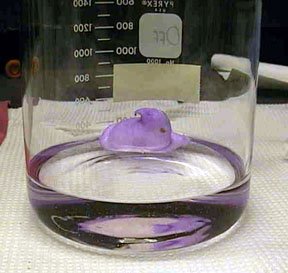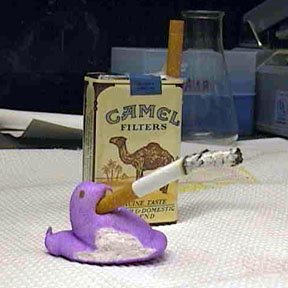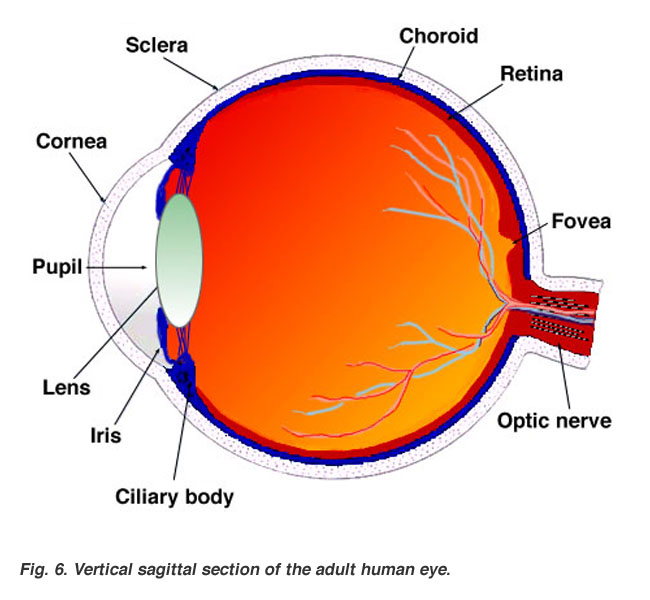Yours truly will apply for funding as soon as the grants become available!
FOR IMMEDIATE RELEASE:
July 26, 2007
GOVERNOR SPITZER ANNOUNCES APPOINTMENTS TO EMPIRE STATE STEM CELL BOARD
Board to Oversee $600 Million in Funding for Stem Cell Research
Governor Eliot Spitzer today named 11 appointees to serve on the committees that form the Empire State Stem Cell Board. The Board was established to oversee and administer $600 million in funding for the Empire State Stem Cell Trust Fund to promote stem cell research and development.
“The Empire State Stem Cell Trust Fund propels New York State forward in the search for scientific knowledge and advancement, and will enable the world-class academic, research, medical and scientific institutions located here to reach their full potential,” said Governor Spitzer. “The individuals that we are nominating to the Empire Stem Cell Board will help bring thoughtful leadership, scientific expertise, and ethical considerations to the advancement of stem cell research.”
The 2007-2008 Enacted Budget includes an initial appropriation of $100 million and an additional $500 million is provided at $50 million per year for ten years beginning in April 2008. The Fund will make grants for basic, applied, translational and other research that advances scientific discoveries in fields related to stem cell biology. No grants are allowed for any research involving human reproductive cloning.
Lieutenant Governor David A. Paterson said: “New York is responding to the urgent need for a state-sponsored, fully-funded stem cell research program. The appointed members of the Empire State Stem Cell Board represent the best leadership our State has to offer in the stem cell research field. This board will execute our stem cell research program with the highest moral, ethical, and scientific standards. It will play a key role in advancing medical science, bringing hope to people suffering a range of debilitating illnesses. I am proud that we are able to deliver our stem cell program to the people of this state, and I am personally committed to seeing its full, successful implementation. ”
Commissioner of Health Richard F. Daines, M.D. said: "Biomedical research holds great promise for the presentation and treatment of the most devastating diseases and health conditions. Governor Spitzer and Lieutenant Governor Paterson's support for this initiative will position New York as a leader in stem cell research, and will expand the number of New York scientists contributing to this promising field. The caliber of the Empire State Stem Cell Board members is outstanding, and we look forward to working with them.”
The Board includes two committees – the Funding Committee and Ethics Committee – each consisting of 13 members. The Stem Cell Board will be chaired by the Commissioner of Health, Richard F. Daines, M.D. who will also act as a member on each committee. Twelve members are appointed by the Governor with six of those members recommended by legislative leaders. The Funding Committee will make recommendations for the awarding of grants to the Commissioner of Health based upon the analysis and recommendations of an independent scientific peer review process. The Ethics Committee will make recommendations regarding scientific, medical and ethical standards.















